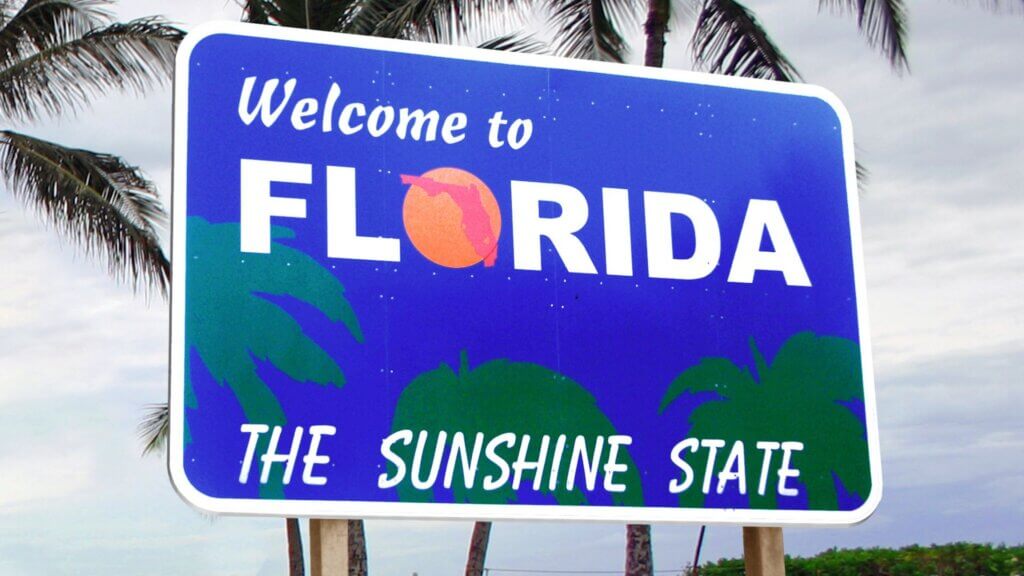Products are selected by our editors, we may earn commission from links on this page.

Florida is known for sunshine and sandy beaches, but behind the postcard image lies a financial reality that’s hard to ignore. A new study reveals Florida is now the second most financially distressed state in the U.S., trailing only Texas. From rising housing costs to ballooning credit card debt, Floridians are facing a perfect storm of financial pressures.
The Report That Sparked the Ranking

The findings come from the 2024 American Consumer Debt Report by GOBankingRates, which looked at late payments, bankruptcies, debt-to-income ratios, and even Google search data for terms like “payday loans” and “bill help.” Together, these factors paint a clear picture of how residents across the country are managing or struggling with debt.
Florida Lands in the No. 2 Spot

According to the report, Florida ranked second most financially distressed in the nation, signaling that many households are falling behind on bills or relying on credit to get by. While its strong job market and steady tourism revenues suggest economic health, the reality for everyday Floridians is far more strained.
The Burden of Skyrocketing Insurance Premiums

One major contributor to Florida’s financial stress is homeowners’ insurance. Premiums have skyrocketed in recent years due to hurricane risks and insurers exiting the state, leaving residents with some of the highest costs in the nation. For many, these bills alone add thousands of dollars annually—stretching budgets to the breaking point.
Housing and Cost of Living Pressures

Florida’s rapid population growth has fueled sky-high housing demand, pushing up home prices and rents. Combined with rising costs for groceries, gas, and utilities, even middle-income families are struggling to keep pace. For newcomers lured by Florida’s lifestyle, the financial reality can be a rude awakening.
Texas Tops the List of Financial Distress

While Florida struggles, Texas takes the No. 1 spot for financial distress. The state faces similar issues, including high medical debt and reliance on credit, alongside fast-growing metro areas that drive up living costs. Together, Texas and Florida show how booming economies can still leave residents financially vulnerable.
The Role of Credit Card Debt

Credit card balances have reached record highs across the U.S., but Floridians are especially affected. Many households are leaning on credit cards to cover everyday expenses as inflation outpaces wage growth. This reliance has led to more missed payments, higher interest charges, and mounting delinquencies.
The Bigger U.S. Picture

Florida and Texas may be at the top, but they’re not outliers. States across the Midwest and West Coast also show signs of mounting distress. Rising interest rates, stubborn inflation, and climbing prices for everyday goods are putting pressure on families nationwide—even as unemployment remains low.
What This Means for Families

Ultimately, the findings underscore how fragile many household budgets have become. For Floridians, the mix of high housing costs, insurance premiums, and reliance on credit means financial stress is often just one unexpected expense away from crisis. It’s a warning sign not only for the state but for the country at large.
A Warning Sign for the Nation

Florida’s ranking as the second most financially distressed state highlights the growing challenges Americans face in today’s economy. With Texas topping the list and other states close behind, the report makes one thing clear: rising costs without matching wage growth are pushing millions toward financial instability. For Florida residents, the sunshine may still be bright, but the financial outlook is cloudier than ever.
